Think you know tech? If you don’t have a handle on every single one of these 15 tech facts, habits, and efficiency tricks, you’re not living up to your potential.
Related Story: 15 fast and easy ways to hack-proof your Mac
1. Don’t double-click everything.
Windows 101: Double-clicking is how you open items in Windows. It’s not how you open links in your Web browser, click buttons in dialog boxes, or do pretty much anything else–and if you reflexively double-click, you might accidentally zip right past something important or submit a form twice. If you don’t need this reminder yourself, chances are you know someone who does.
2. Use slashes and backslashes in the appropriate situations.
Let’s get it straight: / is a slash (or forward slash, if you must), and \ is a backslash. Backslashes are conventionally used for Windows file paths (C:\Program Files\Whatever), while slashes are used for Internet addresses (http://www.pcworld.com/howto.html).
3. Record the exact error message.
When your PC crashes, it’ll usually try to tell you why it is doing so–albeit with a string of numbers and letters that you won’t understand. Write the message down in its entirety (or take a screenshot, if possible) so you can later plug it into Google or give it to your tech support agent. If your PC didn’t provide an error message, go to Action Center (in the Control Panel) and see if it shows up under ‘View archived messages’ or ‘View problems to report’.
4. Bring deleted files back from the dead.
When you delete a file from your PC or memory card, you’re not wiping it off the actual hard drive. Instead, you’re simply removing the index information that tells your PC where the file is, at which point the PC is free to treat the part of your disk that contain that file as empty space that it can write something else to. If you’ve accidentally deleted something, undelete utilities such as Recuva can help you find those files again as long as you haven’t already written over that file with something new.
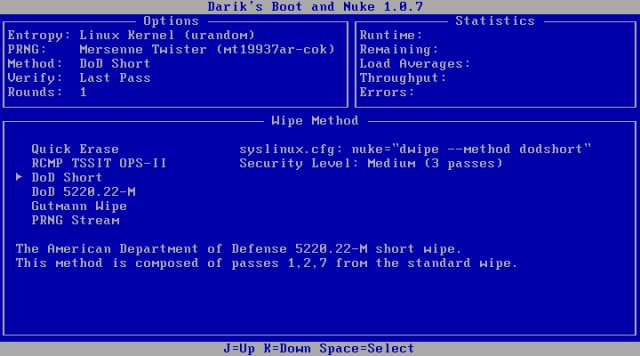
Don’t leave your personal data on your old PC’s hard drive. Nuke it completely with Darik’s Boot and Nuke.
5. Wipe your hard drive before getting rid of it. Because your PC doesn’t immediately get rid of the files you delete, you can’t just reformat your hard drive before recycling or selling your old computer–because someone might be able to use an undelete app to recover your sensitive data. We have all kinds of tips for completely erasing an old drive, but the short version is: grab Darik’s Boot and Nuke.
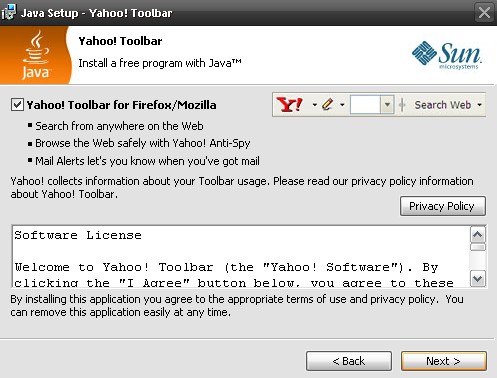
Want a totally worthless toolbar added to your browser? No? Then uncheck the box for that option before you install updates.
6. Uncheck the boxes before you install.
Lots of helpful apps out there give you the option of installing search toolbars and other add-ons–and some of them are so pushy about being helpful that their installers are configured to install the uninvited extras unless you check a box saying you don’t want them. Not only is each add-on another thing that your PC needs to load, but you have no idea what kind of data it could be sending out. They come bundled with the app because they make money for the app developer, not because they’re particularly useful. So take a close look at what you’re installing before you click Install–and in return, the installer won’t change your search engine or install apps you don’t need.
7. Beware of viruses living in Office docs.
Experienced Microsoft Office users can take advantage of its built-in Visual Basic for Applications support to automate complex tasks with macros. However, malicious coders can use those same tools to design viruses that may interfere with your work and that of your colleagues. By default, Office is set to disable all macros and notify you when a doc you’re reading contains them (to toggle this setting, in Word, select Word Options, Trust Center, Trust Center Settings, Macro Settings), so you should already be safe on this score.
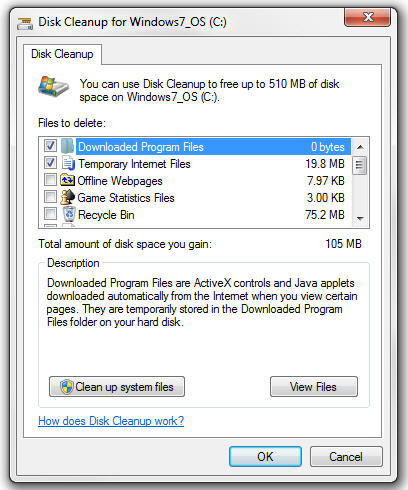
Don’t spend a bunch of money on dubious disk-cleaning software. Windows’ built-in Disk Cleanup utility has all the cleaning power most users need.
8. Be skeptical of “cleaning” apps.
Apps that make vague claims about improving your PC’s performance and clearing out its clutter (Registry cleaners, I’m looking at you) will generally do more harm than good (if they do anything at all). To clean up your system, simply run Disk Cleanup (to reach it, select Start Menu, All programs, Accessories, System Tools); it comes with every Windows installation and it won’t mess up your PC.
9. Uninstall your old apps.
If you regularly download and install new apps from the Internet, you should get in the habit of pruning your collection every now and then. To do so, open the Programs and Features control panel, scroll through the list, and click Uninstall to ditch items you no longer want. You may need to take a trip into your C:/Program Files/ folder to hunt down a few additional unused apps. The less stuff you have on your PC, the less things are to go wrong.
10. Don’t let a spilled drink ruin your laptop.
If you keep your cool when a spill occurs, you may be able to prevent your data from disappearing and your motherboard from frying. Instead of panicking, quickly but methodically unplug the power cord and yank out the battery–don’t wait for Windows to power off. Next, detach anything connected to the PC (network cables, USB devices) and pull out any readily removable components such as an optical drive. Tilt the laptop to try to drain the liquid in the direction that it spilled onto your PC, but be careful–you don’t want to tilt the laptop in a direction that would allow the liquid to seep even deeper in. If you see liquid on the surface of the laptop, dab it off with a towel. At this point, unless you’re comfortable disassembling your PC and cleaning it with electronics cleaner, you’ll probably want to take it to a tech.
11. Turn down UAC.
Both Windows 7 and Windows Vista include a security function called User Account Control, which dims the screen and flashes a dialog box whenever you install an app or change your system settings. Though this arrangement can be useful for catching sneaky apps that are trying to install or change things without your knowledge, it can also be annoying. If you use Vista, grab TweakUAC to make it less annoying without turning it off. If you use Windows 7, the default settings aren’t too bad, but I recommend that you go into the User Accounts control panel, click User Account Control settings, and change the setting to the third notch down, so UAC will still warn you but it won’t dim the screen.
12. Don’t work in your admin account.
Many PC users are accustomed to doing their everyday work while logged in to their PC’s administrator account–especially in Windows XP. Doing so can save you the hassle of having to log in and out when you want to install apps or make changes, but it also leaves you much more vulnerable to viruses and malware–so don’t do it.
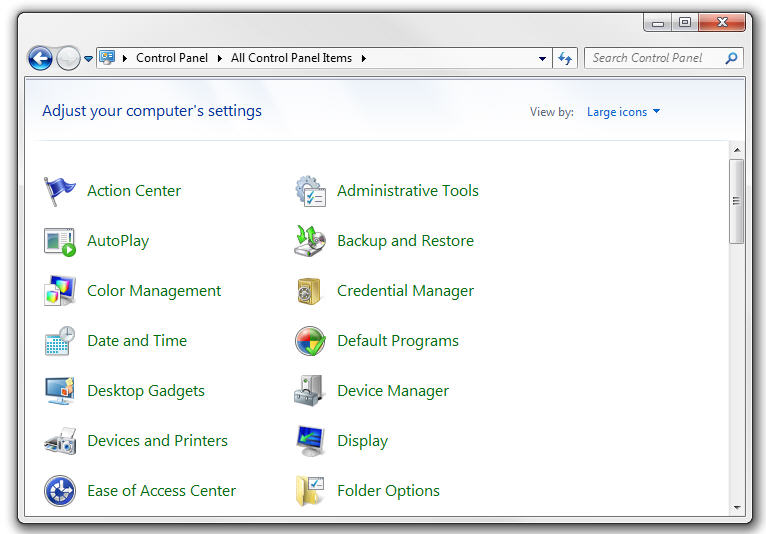
The Control Panel is far easier to navigate when you can see all the icons at a glance.
13. Keep your Control Panel in Icon View.
The Control Panel’s Categories view can be useful if you’re intimidated by the many different options available, but it can also make finding what you’re looking for more difficult (especially if you’re following detailed instructions that refer to the control panels by name). Click Classic view on the left (in Vista) or choose Large Icons from the View by dropdown menu in the upper right (in Windows 7), and you’ll have ready access to all of the control panels.
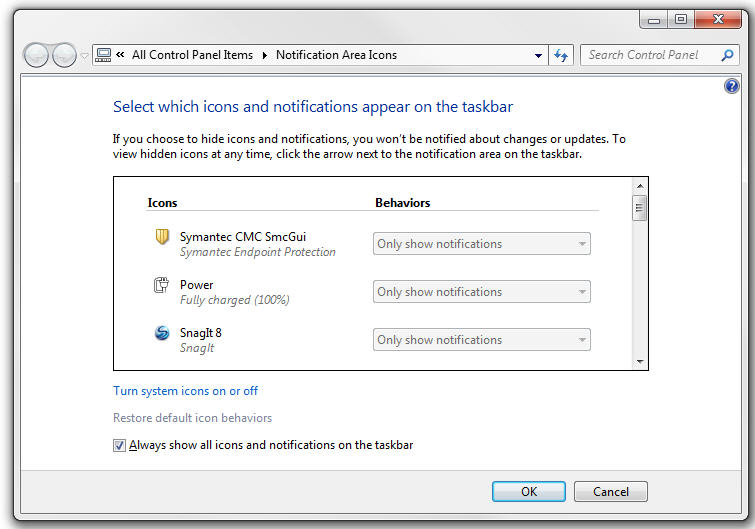
Limit the clutter in your system tray by paring down the list of icons that occupy it.
14. Clear your system tray.
Apps often park themselves in the system tray (the row of icons on the right side of your taskbar) and stay open without your realizing it. Take the time to clear it out occasionally. Open the Notification Area Icons control panel, and check the box on the bottom that says Always show all icons and notifications on the taskbar to get a sense of how cluttered your system tray is; then right-click each one you don’t need and choose Close. Your RAM will thank you.
15. Manage your power settings.
If you’re using a laptop, you’ll want to know how to change your power settings so your PC doesn’t waste battery when you need to conserve it, doesn’t slow down when you need to go fast, and doesn’t go to sleep at an inopportune moment. Open the Power Options control panel, and choose from among several presets containing different configurations for when you’re plugged in and when you’re mobile–or feel free to create your own. To access the advanced settings, click Change plan settings, Change advanced settings; there you’ll find detailed options related to your battery, Wi-Fi radio, graphics card, and more.
Source: PCworld.com




